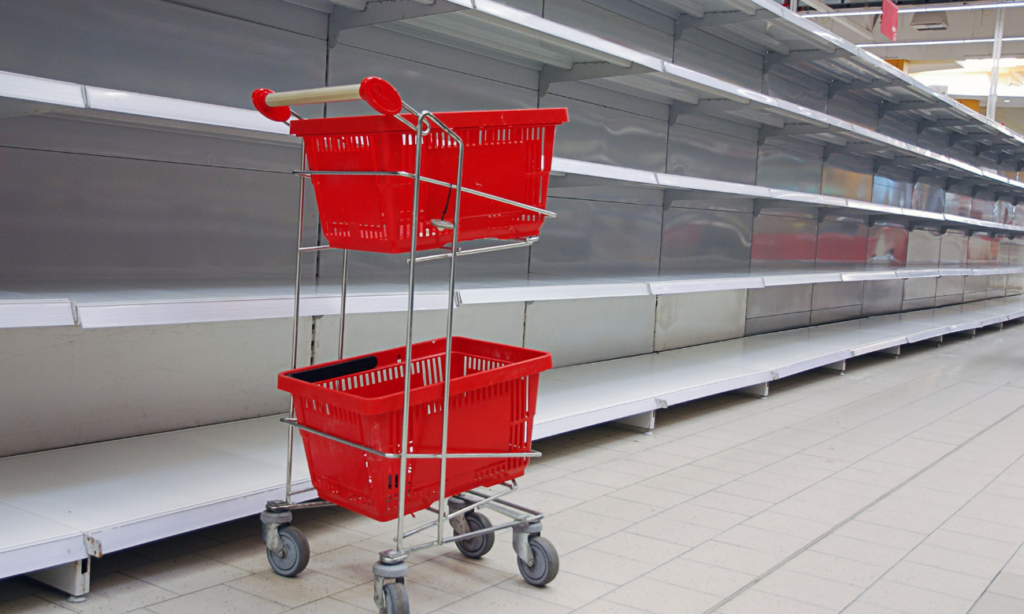Items Are Always Sold Out

Introduction
Items Are Always Sold Out When people notice that, they may suspect a marketing ploy designed to create hype. However, many diverse elements contribute to this phenomenon. Sometimes, it’s about genuine scarcity due to production constraints. Other times, demand surges overnight because a celebrity championed the product or social media boosted its popularity. In both cases, supply struggles to keep up with the fervor. No matter the industry electronics, fashion, or beauty these situations highlight how quickly consumer tastes can evolve. They also underline how profoundly shortages impact brand reputation, retailer sales strategies, and buyer satisfaction. After all, the more Items Are Always Sold Out, the more shoppers crave them, fueling a cycle that can feel unbreakable.
The Power of Scarcity
One major reason Items Are Always Sold Out lies in the psychological allure of the unattainable. Retailers sometimes leverage scarcity intentionally, releasing a limited quantity to spark interest and keep customers clamoring for more. The moment a product is labeled as rare or “hard to find,” it gains an almost mystical appeal. Shoppers perceive these items as more valuable, triggering a rush to purchase before they vanish again. Although not all brands create false shortages, some undeniably capitalize on scarcity to elevate desire. This tactic can backfire when frustrated buyers lose patience, but for the most part, limited runs succeed in generating buzz and exclusivity.
Seasonal and Trend-Driven Demand
In certain industries, Items Are Always Sold Out because they align with seasonal spikes or trendy moments. Think of the hottest holiday toy that leaves parents scrambling from store to store, or a summer-exclusive beauty product that goes viral as temperatures rise. When demand rapidly outpaces supply, shelves empty before manufacturers can replenish them. Seasonal surges often involve intense marketing campaigns and heightened consumer awareness. By the time everyone learns about a trend, it may already be too late to secure the item. This urgency feeds into the product’s mystique, enhancing the impression that it’s a must-have sensation.
Social Media Hype
The digital age has created an environment where Items Are Always Sold Out thanks to viral social media posts. A single TikTok video can propel a little-known skincare product into mainstream obsession within days. As users share and comment, interest snowballs, leading to massive orders flooding online shops. Platforms like Instagram and Twitter accelerate the hype, with influencers, celebrities, and everyday users chiming in. Once retailers notice the spike, they may struggle to restock, perpetuating the “sold out” narrative. These real-time trends can transform a simple recommendation into a global shopping frenzy.
Influencer Culture
Modern consumers often look to influencers for guidance, so when they endorse specific products, it’s no wonder Items Are Always Sold Out within hours. From beauty gurus to tech vloggers, these internet personalities build loyal followings who trust their every word. Once an influencer posts a rave review, viewers rush to purchase before inventory depletes. The impact can be even greater if multiple high-profile creators highlight the same product. While the collaboration between influencers and brands drives sales, it can also frustrate people unable to snag the item in time. Still, this frenzy reinforces the influencer economy, encouraging companies to partner strategically with digital tastemakers.
Resale and Scalping Markets
Another reason Items Are Always Sold Out is the thriving resale industry. Limited-edition sneakers, rare collectibles, and exclusive concert merchandise often appear on resale platforms at inflated prices. Scalpers grab as many units as possible, counting on buyers’ willingness to pay more when official stock is gone. The result is a constant cycle of shortages, where genuine fans struggle to make purchases without resorting to markups. Companies attempt to curb this by imposing quantity restrictions or verifying customer identities, but resellers often find loopholes. This tug-of-war ensures that certain products remain scarce, fueling the perception of exclusivity.
Production and Supply Chain Woes
For some brands, Items Are Always Sold Out due to logistical challenges rather than deliberate marketing tactics. Manufacturing delays, material shortages, and shipping bottlenecks can stall product availability. Startups, in particular, might face financial or operational constraints that limit production runs. Even big corporations grapple with unexpected disruptions, from global crises to natural disasters that halt factories. When items require specialized materials or intricate craftsmanship, any hiccup in the supply chain can derail stock levels. Consequently, stores can’t keep shelves filled, and consumers remain in limbo, waiting weeks or months for restocks.

The Psychological Aspect
There’s also a complex mental element behind why Items Are Always Sold Out sparks such excitement. Scarcity triggers the fear of missing out, compelling people to buy first and think later. In extreme cases, this desire can blur into shopping addiction, where constantly seeking sold-out products becomes a habitual high. Individuals feel a sense of triumph securing rare finds, driving them to chase the next big thing. Marketers, aware of these impulses, craft campaigns that emphasize urgency, feeding the impulse to snap up items before they disappear again.
Conclusion
Ultimately, Items Are Always Sold Out for a variety of reasons, including scarcity marketing, surging demand, influencer endorsements, and logistical complications. Sometimes the shortage is orchestrated to elevate a brand’s status; at other times, it’s an unintended consequence of viral attention or manufacturing delays. Though these perpetual sell-outs can be frustrating, they also highlight the dynamic nature of consumer culture. Trends come and go at breakneck speed, and supply often struggles to keep up. By understanding the factors that drive demand and impact availability, buyers can make more informed decisions. Meanwhile, brands learn to balance exclusivity with accessibility, aiming to harness the magic of hype without alienating loyal customers. In the end, few things captivate consumers more than the tantalizing promise of a product that seems perpetually out of reach—proving once again why certain Items Are Always Sold Out in today’s ever-evolving marketplace.



